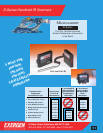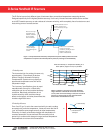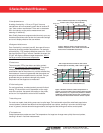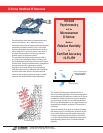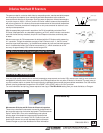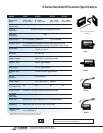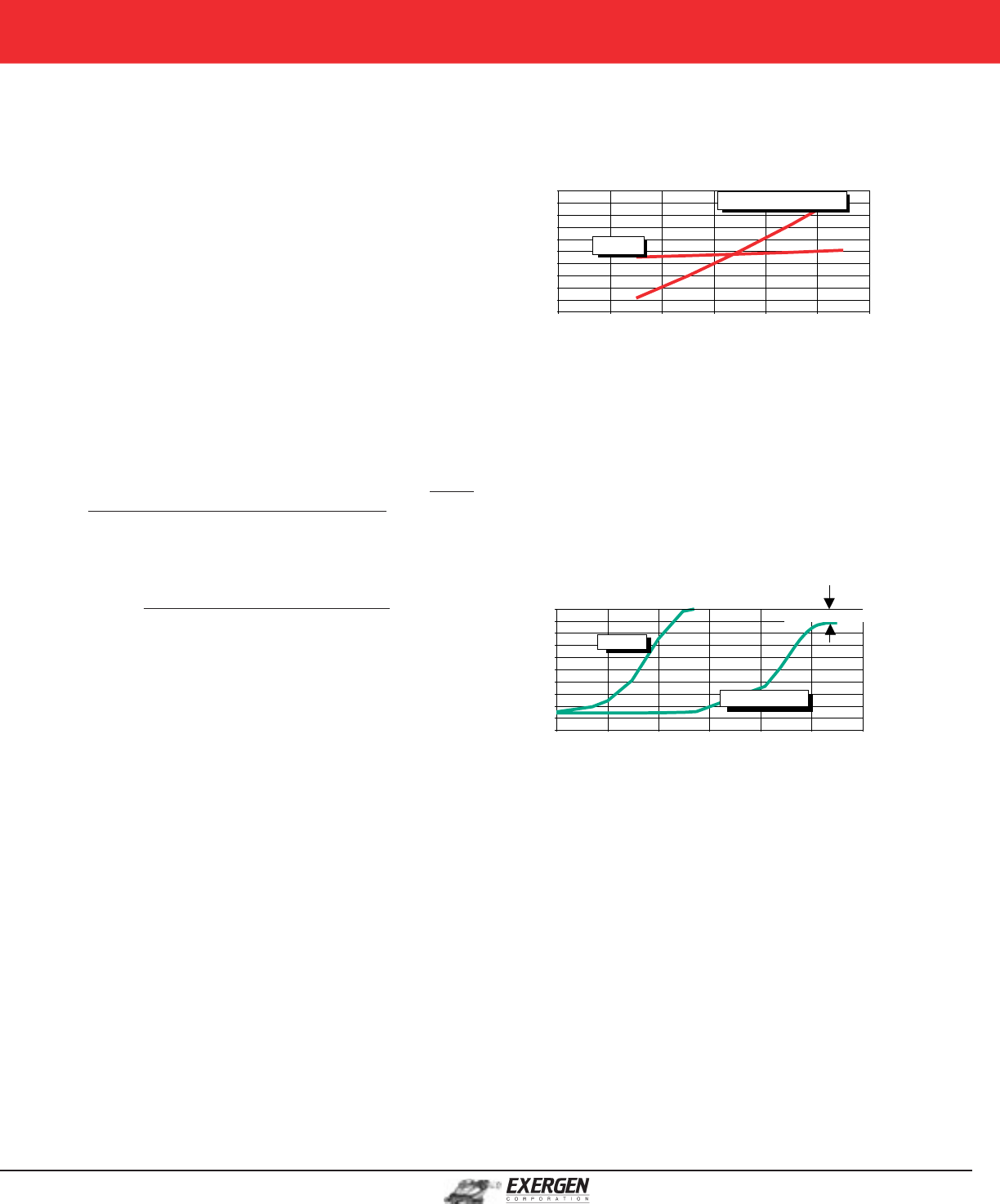
51 Water Street, Watertown, MA 02172 USA
800-422-3006 • 617-923-9900 • Fax 617-923-9911
Time Comparison Between D-Series and Contact
Thermocouple for Measuring a 500°F (260°C) Surface
Time from start of Measurement (sec)
deg F
0
100
200
300
400
500
0.001 0.01 0.1 1 10 100 1000
D-Series
Contact Probes
260
200
150
90
deg
C
Contact Error
D-Series Handheld IR Scanners
3. User adjustment errors
A setting of emissivity = 0.9 on an IR “gun” from one
manufacturer will not necessarily match that of another IR
“gun” from another manufacturer. There are no standards
set in the industry on the precise measurement and
meaning of “emissivity”.
Also, Quality Assurance programs should not rely upon any
instrument that allows users to alter the instrument settings
and to let it display whatever the user wishes.
4. Background reflection errors
Even if emissivity is constant (see #2), there are still errors
induced by changing ambient temperatures. For example,
with emissivity = 0.9, ambient reflections account for 10% of
the signal that the IR “gun” will see. If ambient changes, the
IR “gun” will display a different target temperature,
even if
the target remains at the same temperature.
5. Contact errors
Thermocouples, RTDs, thermistors and other contact
devices
only measure their own temperature. They do not
measure surface temperature. Published “Accuracy”
specifications are for the probes only, not the surfaces they
must measure. Users must guarantee that the probes are
brought to the same temperature as the surface. Can you
guarantee that your probes are brought to the same
temperature as the targets to be measured?
6. Friction heating errors
For moving surfaces, a contact probe is prone to frictional
heating. The size of the error is dependent on the rough-
ness of the surface, the speed, the coating on the probe,
and so on. It is impossible to control all the variables.
7. Heat sinking errors
For most non-metals, heat sinking errors can be quite large. The heat transfer rate of the metal leads required on
“contact probes” conducts heat faster than the target material can replace, resulting in unknown and fairly large
errors. In general, the less dense the target material, the larger the heat sinking error with a contact probe.
8. Time based errors
Contact temperature probes are slow. The temperature of a target can change more quickly than most probes,
resulting in errors in real time measurement.
Figure 3. D-Series remains accurate even if the
ambient temperature varies, while conventional IR
devices have considerable inaccuracies.
Effect of Ambient Temperature on Target Reading
for 100 °F (38°C) Target with .8 Emissivity
Ambient T (F)
Target T (F)
90
94
98
102
106
110
0 20406080100120
Conventional Infrared
D-Series
38
43
32
(C)
4 162738
Figure 4. D-Series measures surface temperature in a
fraction of a second, while contact probes (thermocouples,
RTD’s, thermistors, etc.) require many minutes to acheive
equilibrium. Contact probes always have a residual error
due to imperfect heat transfer from the surface to probe.



